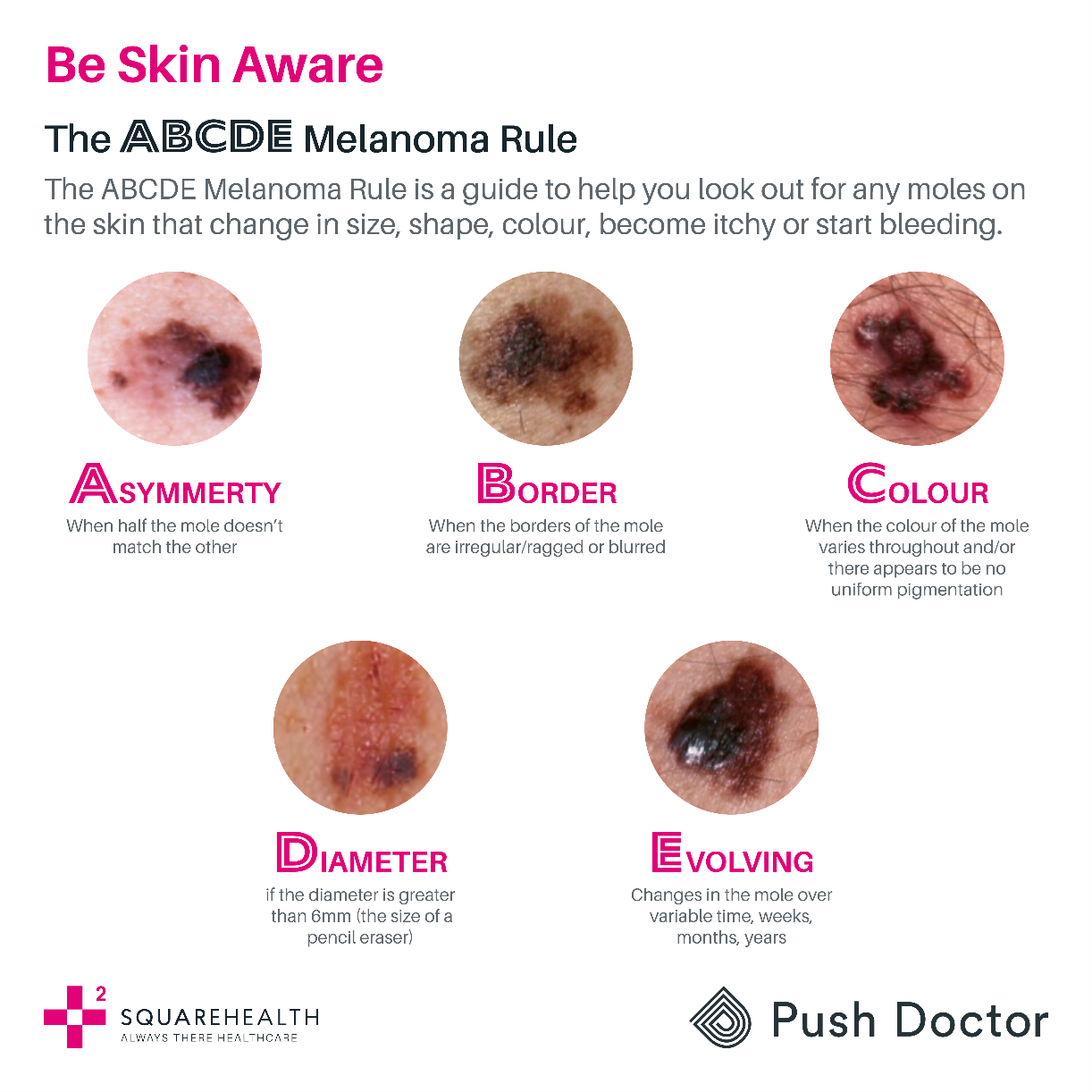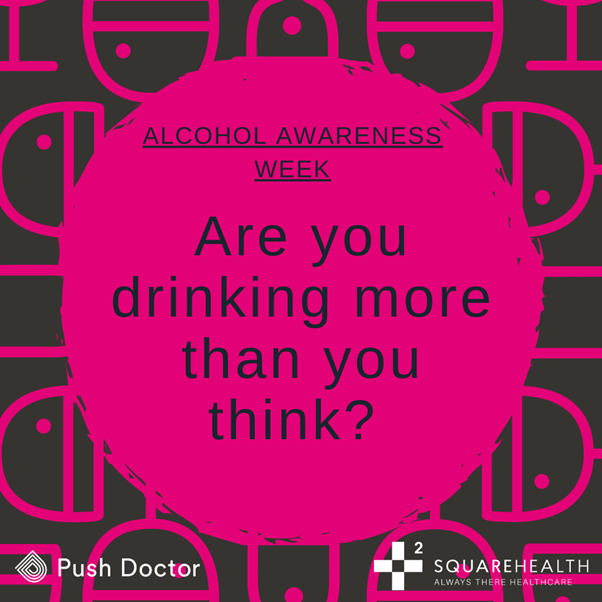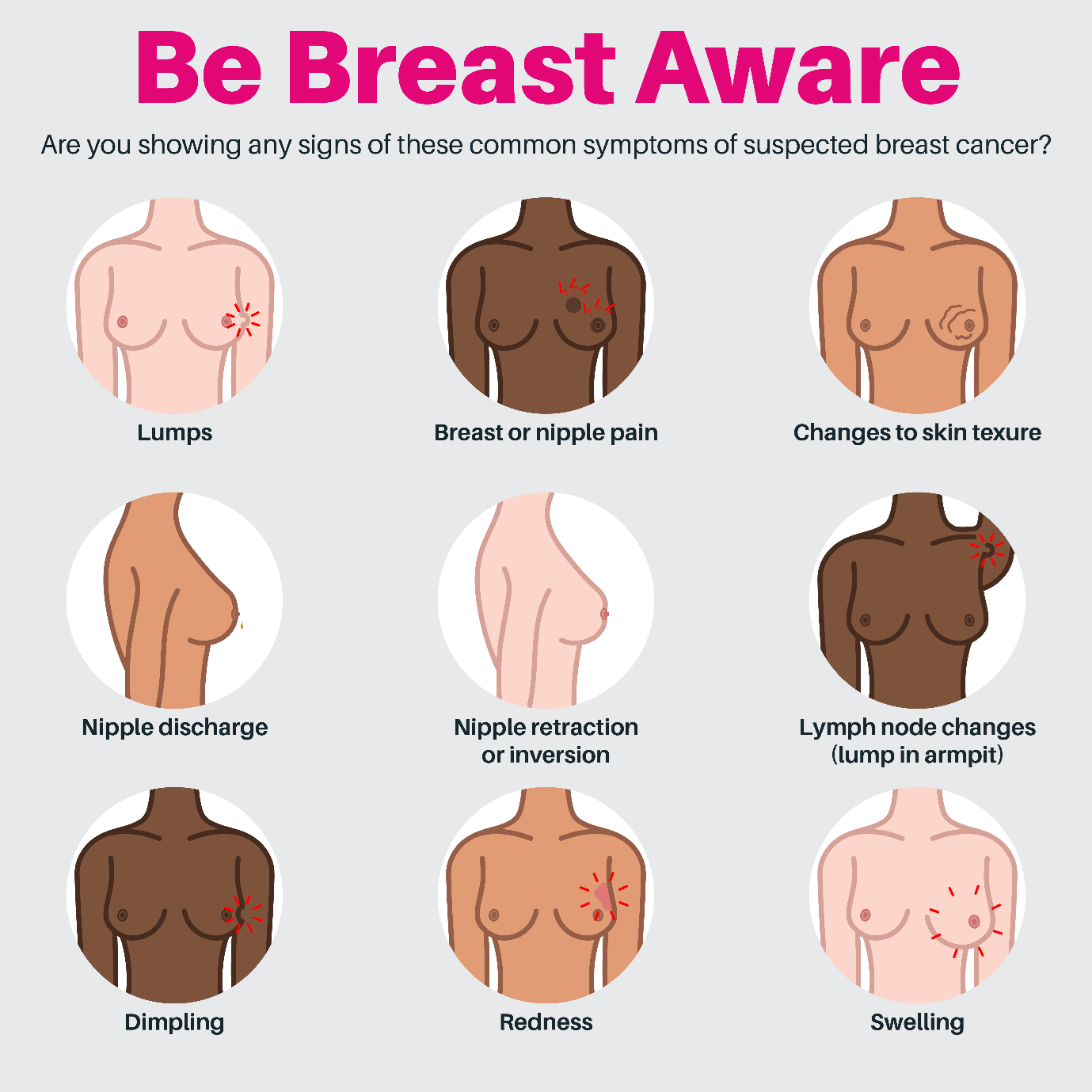By Push Doctor
Sun Awareness Week – how to protect yourself from the sun to reduce your risk of skin cancer
Sun Awareness Week, which runs from May 1–7, aims to increase public awareness of sun safety and skin cancer which is the most common type of cancer in the UK.
Many of us are looking forward to a summer spent in the sun, with the arrival of warmer weather. As we spend more time outside, we need to look at selecting the correct sunscreen and understanding UV protection to keep safe in the sun.
Over 80% of skin cancers are caused by UV radiation which means they can be prevented
Overexposure to ultraviolet (UV) light from the sun or sunbeds causes over 80% of all skin cancers. This means that the vast majority of skin cancers can be avoided by following simple sun protection measures.
Using a sunbed just once a month can increase your risk of skin cancer by more than half, and regular sunbed use under the age of 35 years increases the risk of skin cancer by up to 75%. Please don’t use them to build up a ‘base tan’.
Covering up in the sun and wearing a good quality, high factor sun cream is important, as is keeping an eye on your skin and getting any symptoms checked as soon as possible.
You can significantly reduce your risk of skin cancer with several changes to your lifestyle, such as:
- Avoid over exposure to the sun
- Avoid the use of sunbeds
- Wear a hat or protective clothing to protect your head, face, neck, and shoulders
- Apply a high factor 4* rated waterproof sunscreen every two hours
- Wear sunglasses with UV protection
- Move into the shade from 11.00hrs – 15.00hrs when UV light is strongest
What does the Sun Protection Factor (SPF) number mean in sunscreen?
The SPF number relates to how long the sun’s UV radiation takes to redden the skin compared to the time taken without any sunscreen. Therefore, with SPF 30 it takes 30 times longer to redden or burn your skin compared to no sunscreen at all.
Also, an SPF 30 allows about 1/30th (or approx. 3%) of UVB rays to penetrate to your skin. An SPF 50 allows about 1/50th (approx. 2%) of those rays through. That may seem like a small difference but in relative terms, SPF 30 is allowing 50% more UV radiation onto your skin.
SPF does not work on a sliding scale of protection; you are protected, or you are not. It is important therefore to choose a high SPF and apply correctly and reapply often.
Application of sunscreen – common mistakes
The biggest problem with sunscreen is that it is not always applied correctly to the skin before sun exposure. Many people:
- Apply sunscreen at about one-third of the thickness needed to provide adequate protection. Applying sunscreen too thinly will reduce the level of protection.
- Fail to apply sunscreen to all exposed areas of the skin.
- Forget to reapply sunscreen every couple of hours or after heavy sweating or swimming.
How do you correctly apply sunscreen?
- Apply your SPF 30+ sunscreen 20 minutes before going outside and always reapply at least every two hours.
- It is important to use a generous amount: the average-sized adult should apply at least a teaspoon of sunscreen to each arm, leg, front and back of body and at least half a teaspoon to the face (not forgetting the ears and neck).
Types of skin cancer
- There are two main types of skin cancer – melanoma and non-melanoma.
Melanoma:
- Melanoma develops from a mole already on your skin or a new, recently appeared mole.
What should you look out for?
There are certain tell-tale symptoms that a mole could be a melanoma. If you detect any of the following skin changes, consult your doctor or a skin cancer specialist.
This includes:
- Changing shape, particularly if it has an irregular outline
- Changing colour, getting darker, becoming patchy or multi-shaded
- An existing mole getting bigger or a new mole growing quickly
- If a mole starts to itch or become painful
- If a mole is bleeding, becoming crusty and/or looks inflamed
There is a simple ABCDE rule for mole checking:

- Asymmetry: the two halves of your mole do not look the same
- Border: the edges of your mole are irregular, blurred or jagged
- Colour: the colour of your mole is uneven, with more than one shade
- Diameter: your mole is wider than 6 mm in diameter (the size of a pencil rubber)
- Evolving: changes in the mole over a variable time, weeks, months, years
Non-melanoma skin cancers:
- Tend to develop on areas of skin exposed to the sun. Non-melanoma skin cancers are more common than melanomas but are usually treatable and less severe. They don’t often spread to other parts of the body.
There are two main types:
- Basal cell carcinomas (also called rodent ulcers) are the most common type accounting for about 75% of cases.
- Squamous cell carcinomas are generally faster growing and can develop on areas exposed to the sun, or previously burnt skin.
What should you look out for?
Look for any abnormal areas of skin, or a sore, lump or raised red patch that:
- Doesn't heal within 4 weeks
- Is see-through, shiny, red, pink or pearly white and may have blue, brown, or black areas
- Is itchy or hurts, bleeds, crusts or scabs
In addition, basal cell carcinomas may have:
- Flat, firm, pale or yellow areas, similar to a scar
- Pink growths with raised edges and a lower area in their centre, which might have abnormal blood vessels spreading out like the spokes of a wheel
- Open sores (may have oozing or crusted areas) that don’t heal, or heal and then come back
Don’t forget to check your skin!
Make sure you check your skin for any ‘changes’ all year round. There is currently no NHS national screening programme for skin cancer so it’s important to regularly check your skin for any changes or abnormalities.
For further information on the signs of skin cancer, how you can protect yourself and other information on being skin aware, please visit this website: Skcin.org

